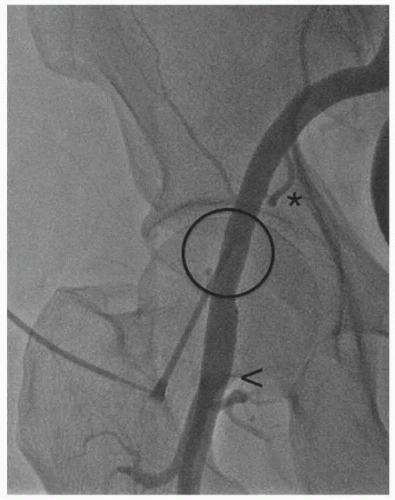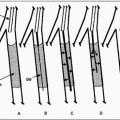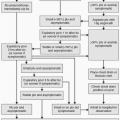Safe and effective arterial access closure and hemostasis continue to present a challenge for interventional radiologists. Arterial access is required for a wide range of procedures ranging from interventional oncology and peripheral arterial disease to aneurysm repair and trauma. Arterial access sheaths range from 4 Fr. for diagnostic angiography to 12 to 25 Fr. for endograft delivery. Although manual compression (
MC) has been the gold standard for achieving hemostasis for smaller arteriotomies since the inception of interventional radiology, vascular closure devices (VCDs) were introduced in the early 1990s, and a large body of evidence and experience has accumulated to support their use. Advantages and disadvantages exist for both methods of arteriotomy closure (
Table 3.1).
Types of Devices
Several categories of
VCD are currently manufactured, each with their own mechanism of action, applications, and learning curves.
These devices mechanically close the arteriotomy as material is fixed to the vessel wall. With Angio-Seal, the arteriotomy is sandwiched between an intravascular footplate and collagen plug. With suture- and clip-mediated devices, the arteriotomy itself is cinched closed. Active approximators are considered the most secure form of
VCD but carry the highest risk of serious complication.
These devices deploy a sealant, gel, or plug at the extravascular aspect of the arteriotomy to achieve hemostasis. Adjunctive
MC is often held for 1 to 3 minutes. These devices have the highest risk of incomplete hemostasis.
3. Nondepositional hemostasis aids (
Table 3.4)
This is a heterogeneous group of devices that do not leave any material behind at the end of the procedure.
These patches are placed externally over the dermatotomy prior to
MC. Substances interact with blood products to aid in hemostasis.
These devices allow
MC to be performed by the device rather than an operator.








